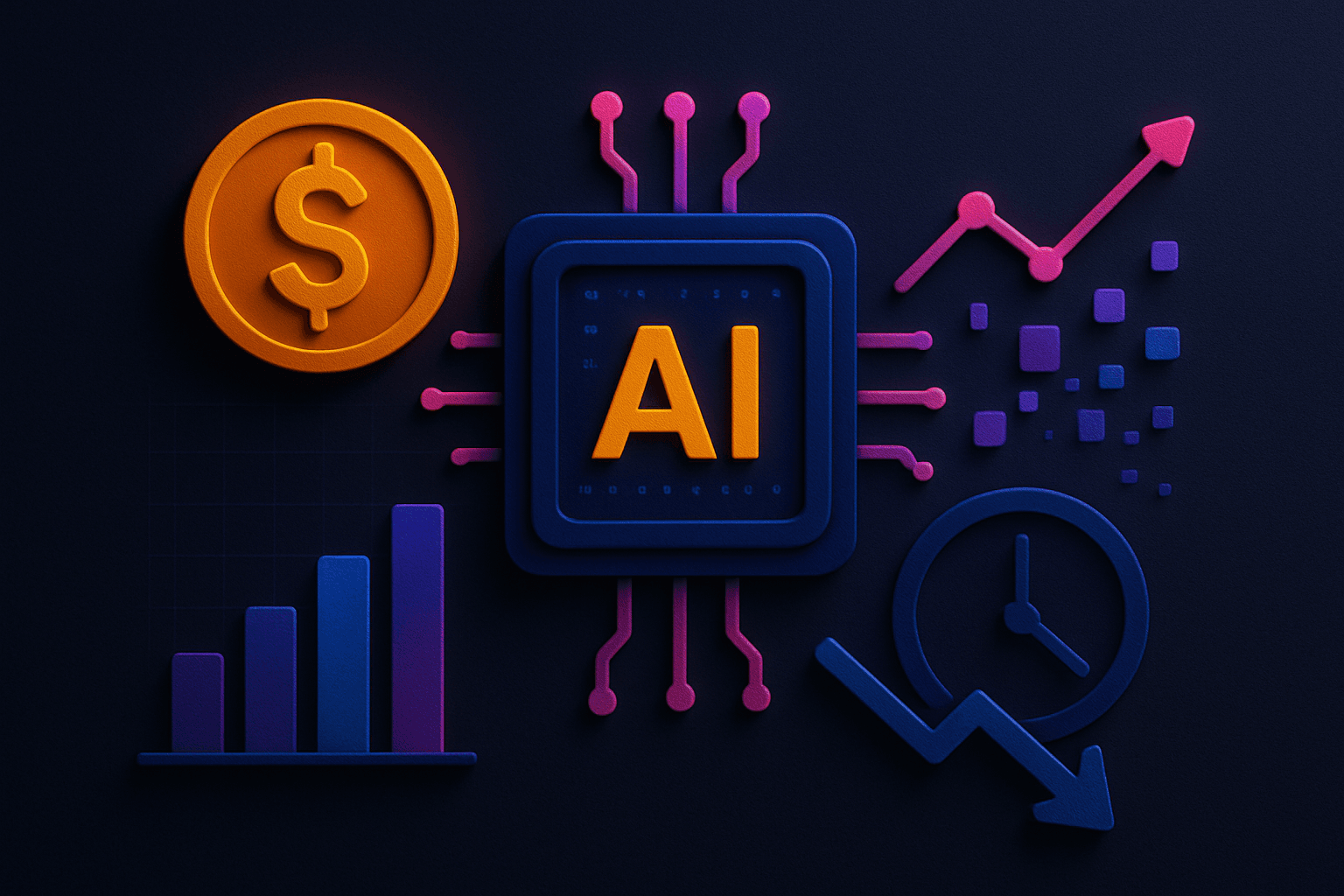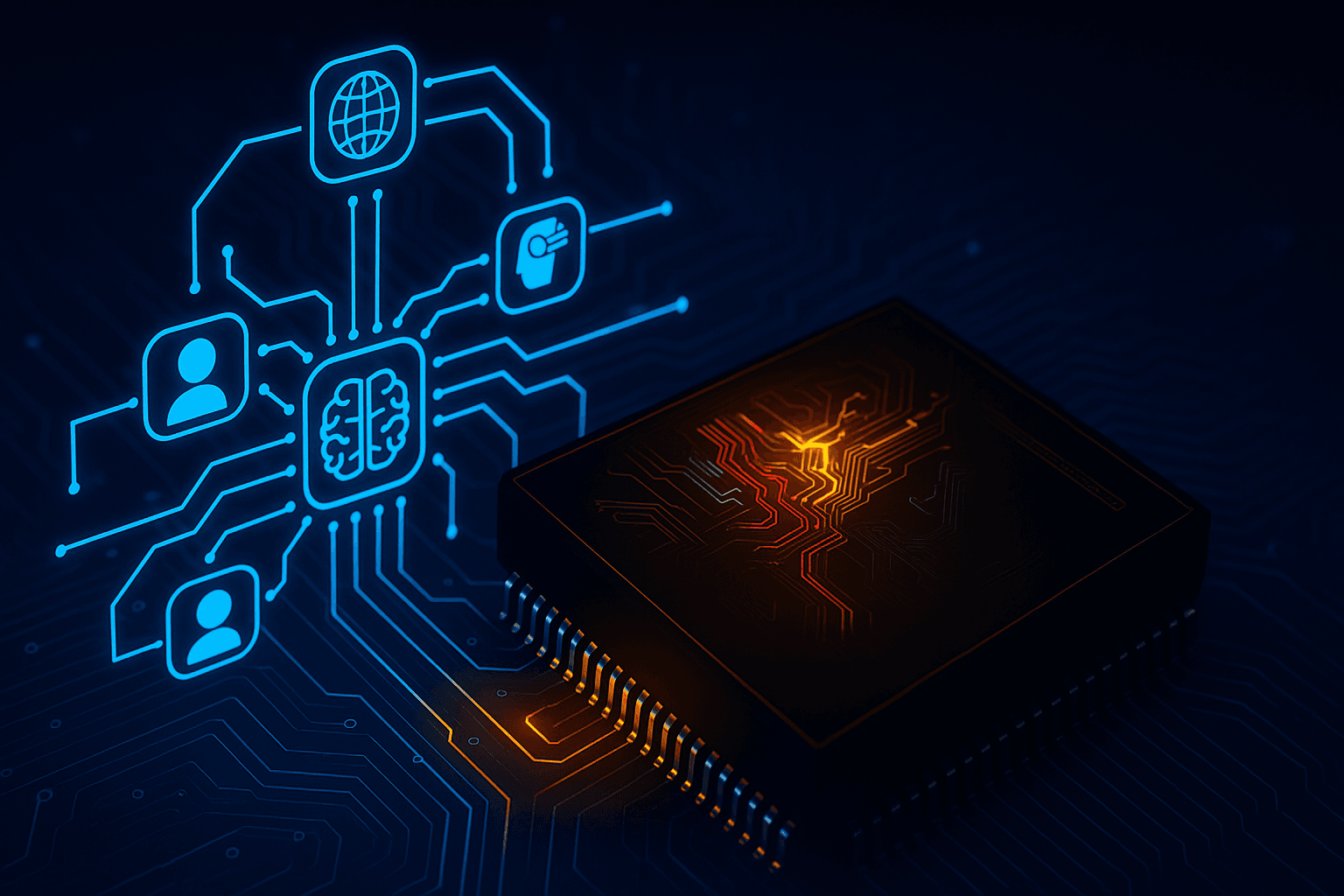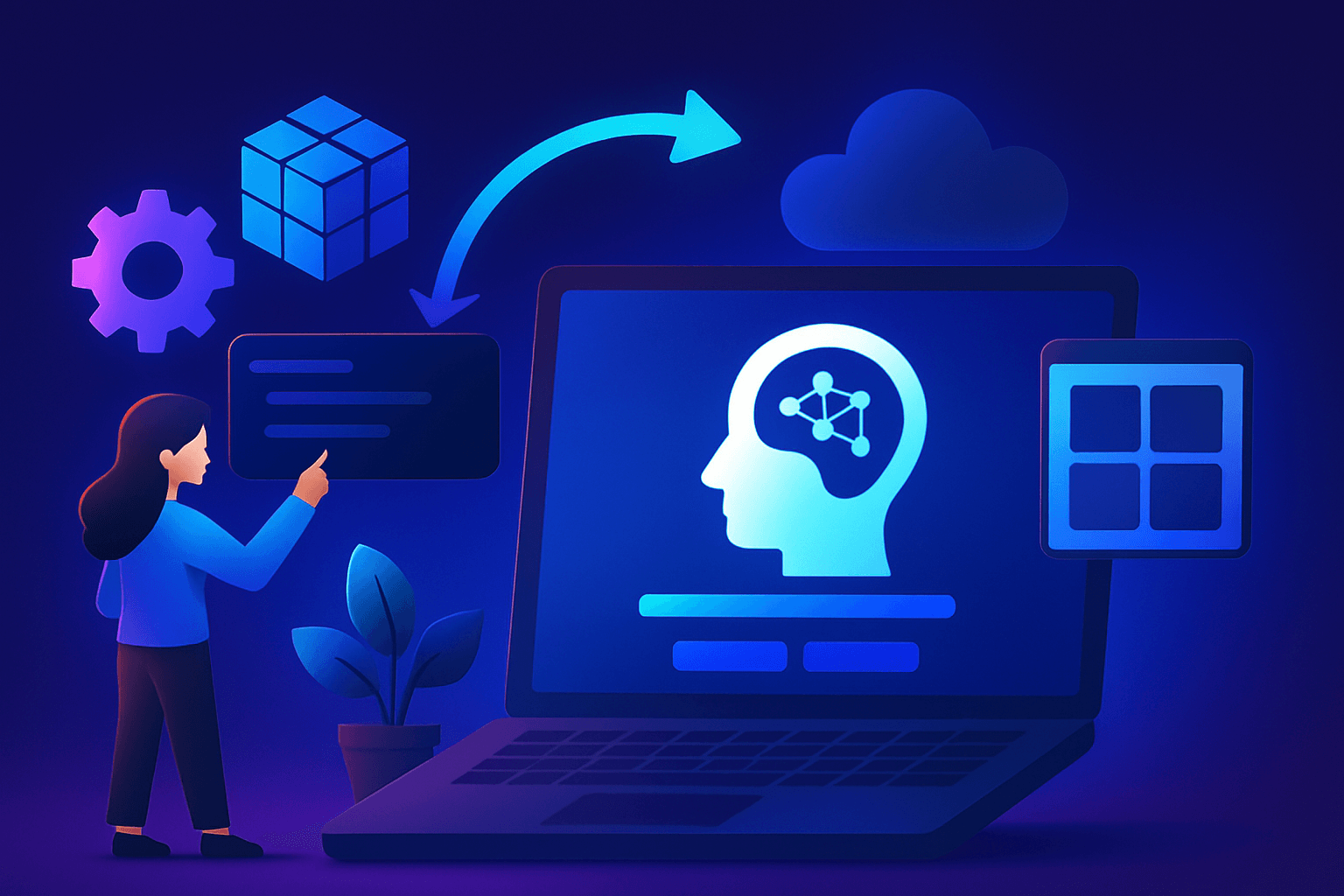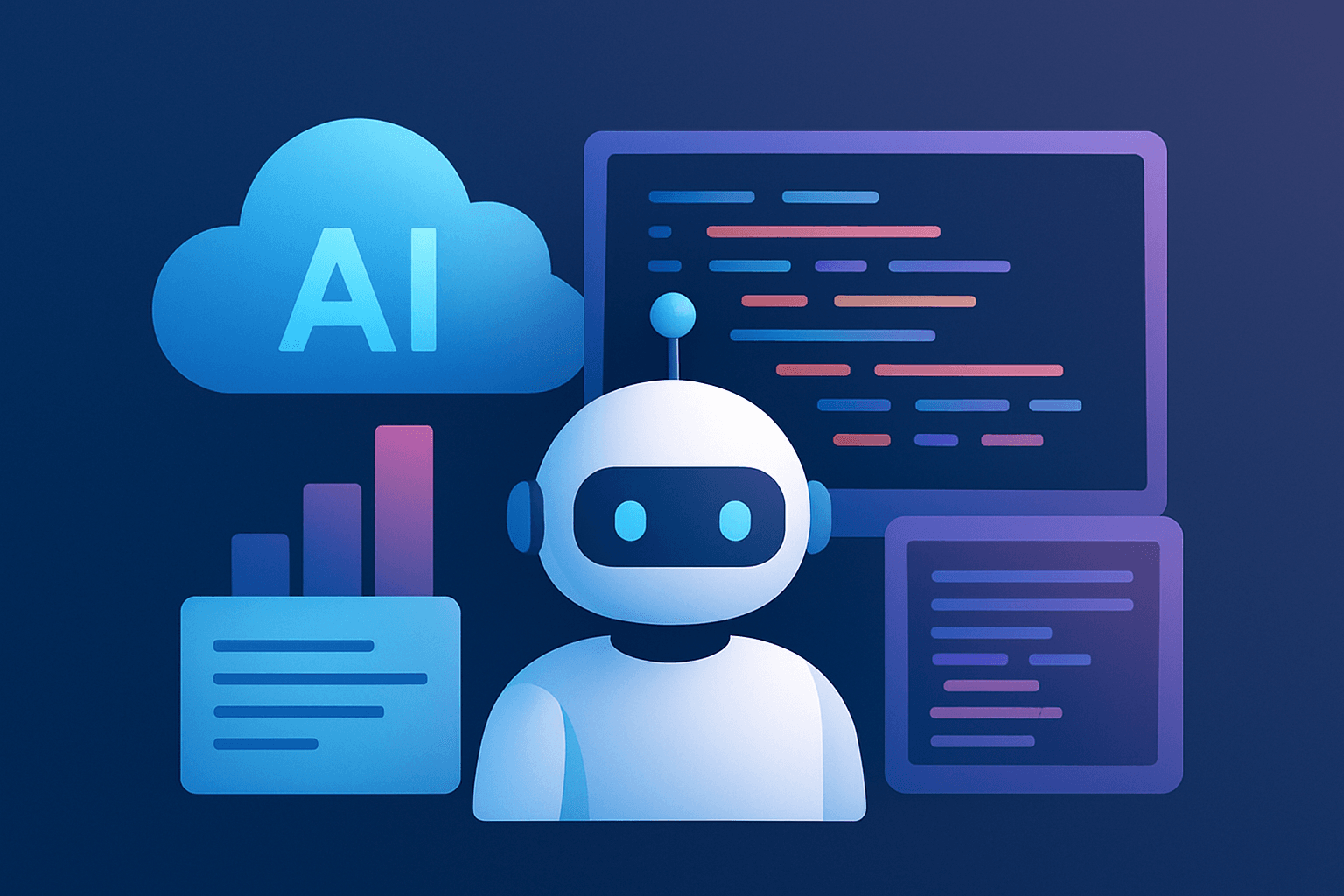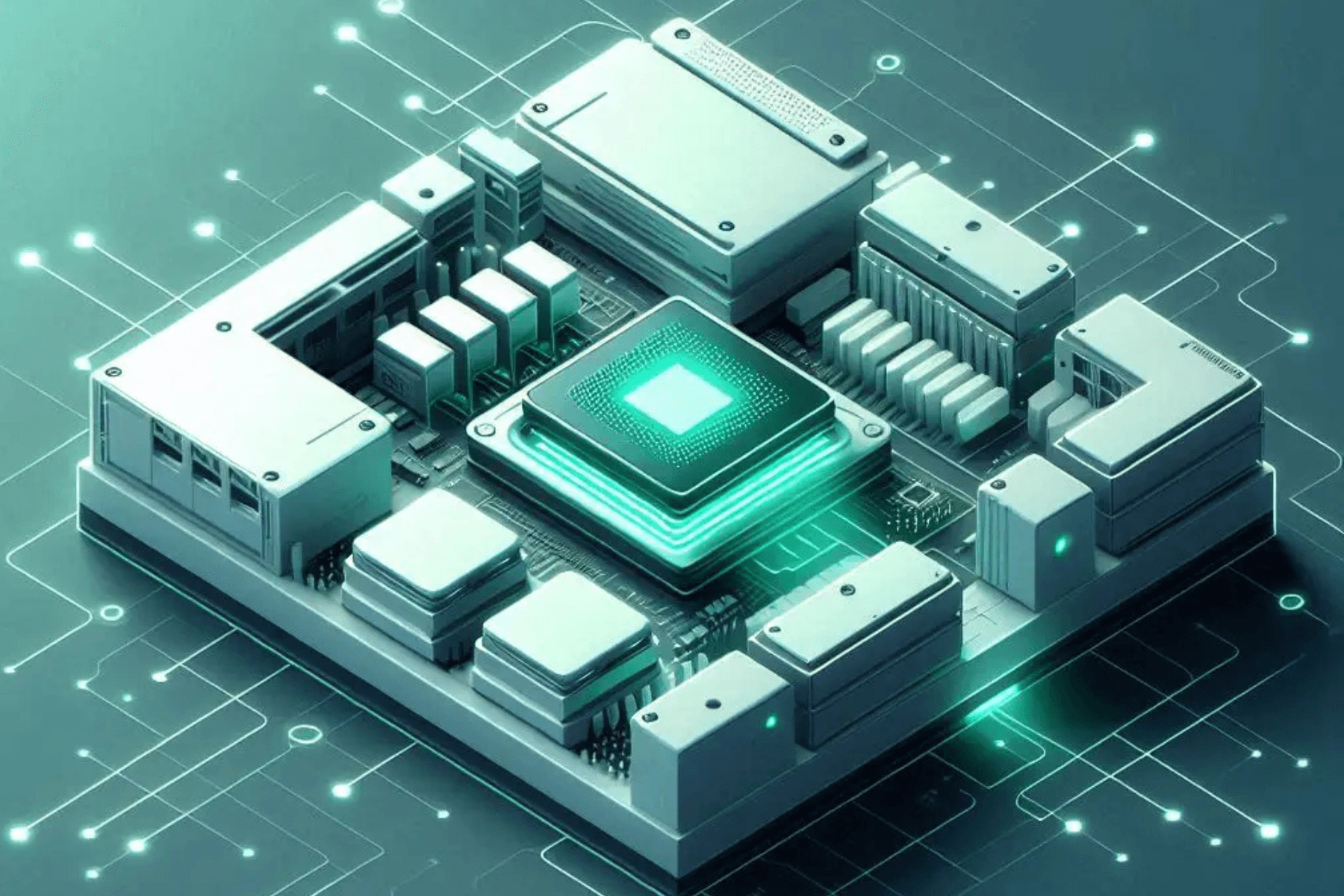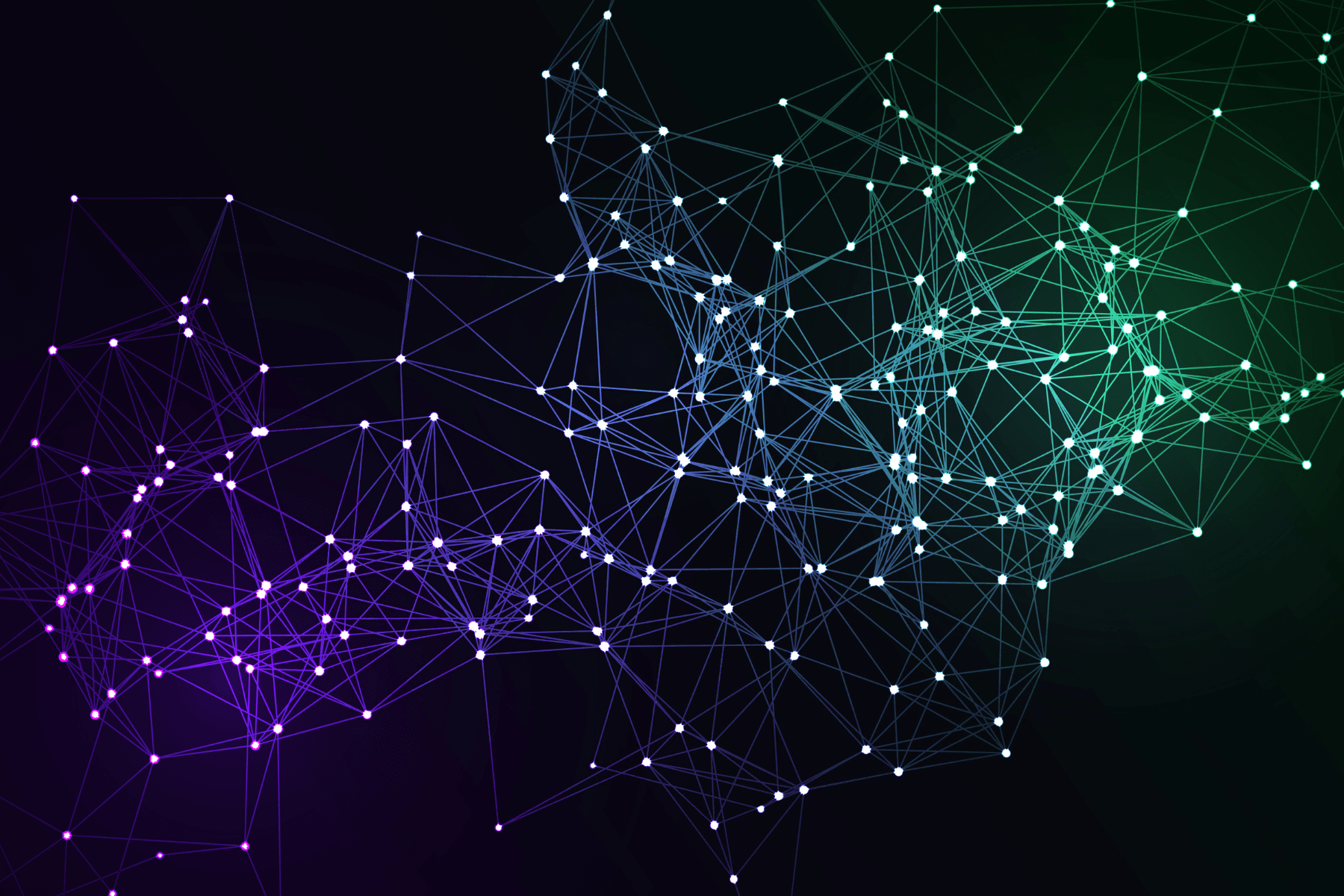Privacy is something that everyone tries to ensure wherever and whenever possible. From an individual point of view, privacy is a big concern as we do not want anyone to snoop on the things we are doing and want to exercise our basic human rights. Establishing this in the real world is not that difficult, but the scenario in the virtual world is considerably different. No matter what app or website we use, we always leave behind a large volume of digital footprints with the app/website (cookies or log-in details), which they can use to give us a personalized experience and create our digital profile in their GPU cloud servers.
With the advent of the information age, we get limited control over how our data is stored, processed, or shared among different services. Companies and government entities use this data to train their powerful AI and machine learning algorithms present in the NVIDIA GPU cloud servers, whose purpose is to learn as much as possible about the user/consumer/customer. These types of AI-driven practices have led to some serious privacy issues in the consumer sector. Many have cited that this humongous amount of data can be misused very easily. The rise of continuously growing, sophisticated artificial intelligence systems has paved the way for these privacy concerns.
There is no doubt that AI is capable of both disrupting and improving our lives, as it innately has certain loopholes and pitfalls. In this article, we will talk about various applications regarding data privacy policies using artificial intelligence. Before going into that, let’s take a look at how AI compromises privacy issues.
AI Compromising Privacy Issues
AI has proven to be a very convenient tool for data-gathering. Its speed and efficiency are unattainable by normal human beings, and human analysts cannot match the computational power of AI. This enormous computation power comes from thousands of GPU (Graphics Processing Unit) present in the secure VPS server (effectively a supercomputer). These NVIDIA GPUs work collectively as a single node for deep learning. Ultimately, this powerful AI system is used as a data-gathering unit. We can enhance its computational efficiency by adding hardware.
AI can utilize large data sets for analysis and is usually the best way to process big data within a reasonable time. Before the advent of AI, this was not possible because it was practically impossible to properly interpret large volumes of unstructured data from innumerable sources. But artificial intelligence and machine learning technologies have given us the power to parse such unstructured data and extract useful information. This is the underlying reason for the widespread privacy issues.
Data Exploitation
In 2021, it is expected there will be almost 3.8 billion smartphone users worldwide. Our smartphones, laptops, tablets, and PCs generate almost 2.5 quintillion bytes of data each day. These bytes contain information about our device properties, model name, serial numbers, the manufacturing company, location (GPS), voice and facial data, screen-on time, year of issue, and more. It also contains data produced by the different software or apps we use on our devices. All of this data makes us vulnerable to data exploitation. We are becoming more reliant on digital technology every day, which only increases the potential for exploitation. For instance, the data of about 500 million Marriott International guests were exposed in a data breach in 2018. That information comprised some combination of the guests’ names, physical addresses, email addresses of users, passport number, account number information, telephone number, date of birth, gender, arrival, and departure time information.

The total number of data breaches in the US from 2005 to the 1st half of 2020
Source: Statista
Data Tracking and Identification
Many online services, like apps and websites, use our location to fetch the most verified results available within a certain range of our location. For example, if we search for any restaurants in Google, it will ask for location permission. Once we grant the permission, it will show us verified restaurants near our current location. If it brings up results of restaurants from another city or country, it will not make any sense. Other apps use this location data to show us personalized ads. It can be useful for those businesses, but it can adversely affect us as the app can monitor our location through our smartphone’s GPS.
AI uses this data to make a bigger pool of user profiles and target individuals with personalized ads and recommendations. Once our data becomes a part of the larger data set, AI and machine learning algorithms can de-anonymize this data based on various aspects and preferences. It ultimately smudges the line between personal and non-personal data. Governing bodies and legislations have to take these issues into account.
Profiling Based on Predictions
AI and machine learning use sophisticated algorithms to extract useful and sensitive information from seemingly meaningless data. For instance, a person’s sentiment analysis is possible with image recognition algorithms by analyzing the types of pictures one uploads on social media. It can help identify the interests of the particular person and the types of posts they like the most. Not only that, this information, along with their typing patterns, exposes vital stats about an individual’s identity, political views, ethnic identity, and health conditions. Many companies use social media and the internet to extract more information about their potential and existing employees. It can have adverse effects, as people can be (and usually are) held accountable for the content they post online.
The prowess of AI is not bound only to data-gathering capabilities. It also shines with analyzing that data and making crucial predictions about the persons or entities (sources of data). This is known as ‘profiling’. Its purpose is to rank people in a particular manner in a list and assign some scores to them based on various factors. In the evaluation of such profiles, the user does not get any consent. As a simple example, we can take a situation where there are two customers for an e-commerce website. One of them buys lots of electronic products from the online retailer, while the other does not shop so often. The first type of customer is probably ranked higher than the second inside an undisclosed AI model and is considered an ‘asset’. The person’s profile is a target for various deals, discounts, and offers. Such is not the case for the second customer who does not buy very often.
There is a saying that goes: the more the available data, the better the machine learning algorithm will perform. It essentially means businesses are investing a lot to gather as much user data as possible and this affects the privacy of users. Needless to say, these businesses are capable of providing us with personalized experiences based on our data only. If it is not based on our data, then user experience would have taken a hit. Thus, it can be a win-win situation for both end-users and providers (mostly). Technological advancements have skyrocketed in the fields of AI, namely, improved and powerful NVIDIA server GPUs.
It is needless to say that organizational and personal data privacy has to always be kept under strict security and vigilance. This data security is present both in software form and hardware form (latest NVidia graphics card).
How AI Protects Data Breaches
Source: NVIDIA

According to Gartner Security and Risk Survey (2019), 40% of private companies and technical agencies will use AI-based service providers by the end of 2023, compared to 5% in 2019. Avoiding data threats is one of the best applications of artificial intelligence. Companies face various malpractices regarding data protection. Before knowing the significance of AI in data security, firstly, you must understand the various kinds of data breach and hacks companies come across. Here are some of them:
- Social engineering: Here, the cyber attackers and hackers force users to give their personal information and security codes and provoke them to download malicious software or open malicious websites.
- Phishing: This kind of malpractice is done to send messages and emails to users with the aim of eliciting personal data. Sometimes, the downloaded file itself causes data breaches, e.g., Trojan horses.
- SQL injection: In this malpractice, hackers inject a SQL injection into a GPU server or cloud server and get access to run ransom codes. In this way, they help themselves by breaching privacy codes and secret resources.
- Insider threats and data breaches: Sometimes, attackers target the inside information of companies and agencies and try to exploit them. This malpractice of breaching sensitive data causes loss of customers’ privacy.
Apart from these issues, companies face other malware threats such as account hijacking, DDoS, misconfiguration, vulnerability, etc.
Source: CyberDB

All the above-mentioned malpractices can be eliminated with the assistance of artificial intelligence. So AI plays a key role in developing privacy solutions.
AI-Driven Privacy Solutions
Security services that are AI-based are very efficient in managing data protection issues. The activities get performed in two distinct ways:
- Automated security system
- Security operation centers and teams
Now, AI-powered security tools are categorized along the following lines:
- The security tool which takes the help of rules and statistical data and finds relevant information regarding security events is called ‘Security Information and Event Management’ (SIEM). SIEM helps security operation centres to take action and deal with ransomware and malware activities.
- The artificial intelligence-based tool used in tracking and analyzing valuable information from computers and websites is called User and Entity Behaviour Analytics (UEBA). UEBA helps companies detect insider attacks and suspicious activities. It understands the patterns of legitimacy and, by this, tracks security threats.
- The more efficient and faster security tool gets performed in four steps –
- Security
- Orchestration
- Automation
- Response
It detects cybersecurity threats and data breaches more quickly and efficiently. This solution determines threats that jeopardize crucial databases and takes action against them. Therefore, companies stress the importance of these security tools in collecting data and providing security alerts.
E2E Networks Services
As far as a low-cost cloud provider is concerned, E2E Networks ranks right at the top. E2E Networks provides best value for money and easy-to-use GPU cloud server, NVIDIA server, and affordable Cloud servers to customers. E2E Networks enables AI-based applications to protect customers’ privacy. They give utmost care to ensure customers’ data security. Hence, people trust E2E’s cloud services. E2E Networks is gradually becoming increasingly popular among clients. People choose E2E Networks for the following features:
- Budget-friendly
- Cost-efficient
- Scalability
- Reasonable services
- Trustworthy guidance
- Advanced privacy policy
- User-friendly facilities
E2E Networks has not only become a world-class cloud in India, but it also provides arguably one of the best GPU cloud servers that perform various crucial applications. The GPU cloud can be used for the following:
- Artificial Intelligence (AI)
- Computational vision and finance
- Big Data
- Data science and algorithms
- Machine Learning
E2E Networks would help you to use NVIDIA GPU services at a very reasonable price.
Wrapping Up
In this article, we have discussed all you need to know regarding AI and Data Privacy in 2021. Starting with how artificial intelligence integrates the issue of privacy, we have described data exploitation, data tracking, and identification. We demonstrated how profiling is done based on predictions, how AI helps to protect data breaches, and the solutions put up against cyber attacks with the help of AI-enabled security tools. Lastly, we highlighted the rise of E2E Networks in terms of providing the best GPU services. Hopefully, this blog provides a clear picture of the main things you need to know regarding AI and data privacy.
